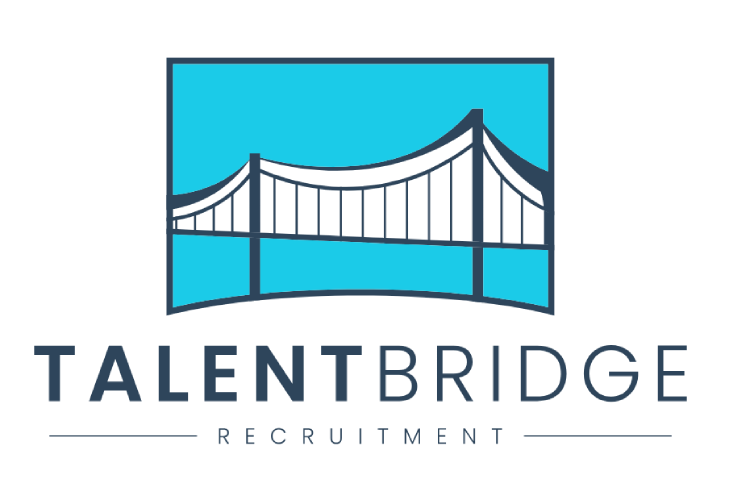Seven Key Steps to Successfully Return to Work after a Career Break
Returning to work after a career break can be challenging, but it is also a great opportunity for a professional reset and fresh start. Whether you took a break for parenting, health reasons, caregiving, or any other personal reason, there is a clear path to successfully re-entering the workforce. Here are seven key steps to make the process smoother and more effective.
1. Define Exactly What You Want to Do
This is the most important and often the most challenging step, as it requires time, reflection, and self-assessment. Ask yourself:
Do I want to return to the same industry or explore a new career path?
Have my skills and interests changed during my break?
What matters most in my next job - flexibility, stability, career growth?
These decisions will shape your return-to-work journey, influencing which skills you need to refresh, who you should connect with, and what types of roles to apply for.
2. Refresh Your Knowledge and Become an Expert Again
Whether you’re returning to your previous field or transitioning into a new one, staying updated is essential. This includes:
Reading industry publications, news, and trends.
Learning about new tools, technologies, and best practices.
Joining professional groups and forums to stay informed about market changes.
Rebuilding your expertise will not only increase your job prospects but also boost your confidence when speaking with potential employers.
3. Be Vocal About Your Job Search
Looking for a job in silence can slow you down. Reconnect with former colleagues, classmates, and industry contacts. These people still remember your professional strengths and may be able to provide valuable information or referrals.
Instead of directly asking, “Can you help me find a job?” try a more strategic approach by saying, “I’m in the process of learning about industry trends—do you have any recommendations on key resources or experts I should follow?” This makes it easier for others to assist you.
4. Apply to Employers That Support Career Returners
More and more companies are recognising the value of hiring professionals who have taken career breaks. Many now offer return-to-work programs designed to help individuals transition back into the workforce.
When applying, make sure to highlight your career break on your resume, along with how it has added value to your skill set—whether through personal growth, organisational experience, or new perspectives.
5. Find a Supportive Community
Returning to work can feel overwhelming, but you don’t have to go through it alone. Look for support networks such as:
Online and in-person groups for professionals returning to work.
Local networking events and career workshops.
Mentorship programs and peer support networks.
Connecting with others on the same journey can provide motivation, valuable insights, and a sense of belonging.
6. Practise Your Professional Story
One aspect of your job search that you can control is how you present your professional journey. Prepare and practise clear, concise responses to questions about your experience, skills, and career break.
Write down key talking points and memorise them so you can confidently answer in networking conversations and interviews. The more you practise, the more natural and self-assured you will sound.
7. Filter Out Negative Noise
It’s easy to feel discouraged by negative messages, whether from the media, friends, or even self-doubt. You might hear things like, “The job market is tough,” or “Everyone else is getting hired except me.”
Ignore these distractions and focus on what you can control—upskilling, networking, and applying for opportunities. Staying positive and proactive will help you navigate your job search with confidence.
Final Thoughts
Returning to work can be an exciting and empowering experience when approached strategically. Success lies in setting clear goals, preparing thoroughly, and leveraging your support network.
At TalentBridge Recruitment, we believe everyone deserves the opportunity to re-enter the workforce with confidence. If you need additional guidance, resources, or support, feel free to reach out—we’re here to help you every step of the way!


